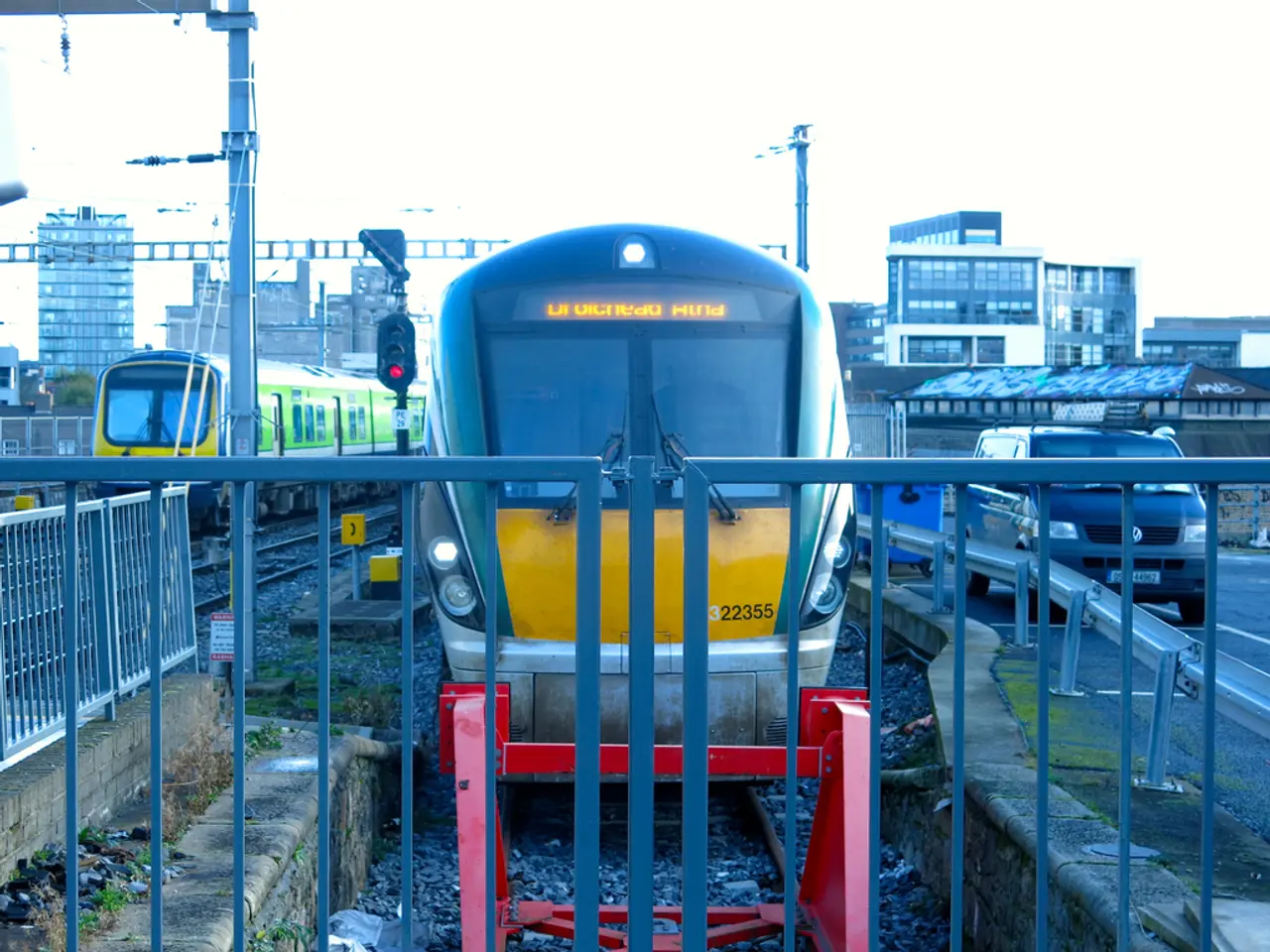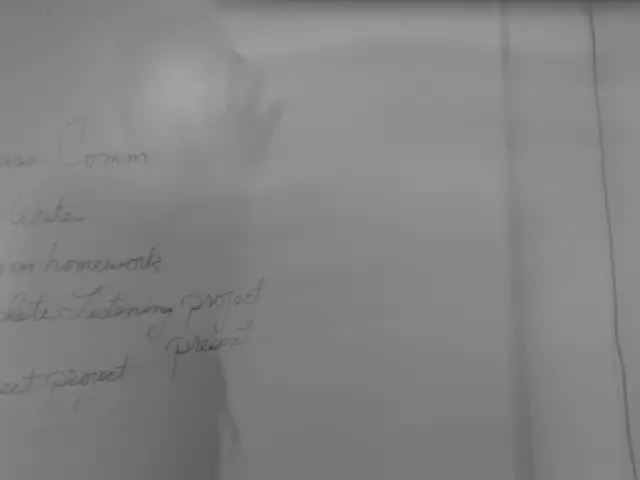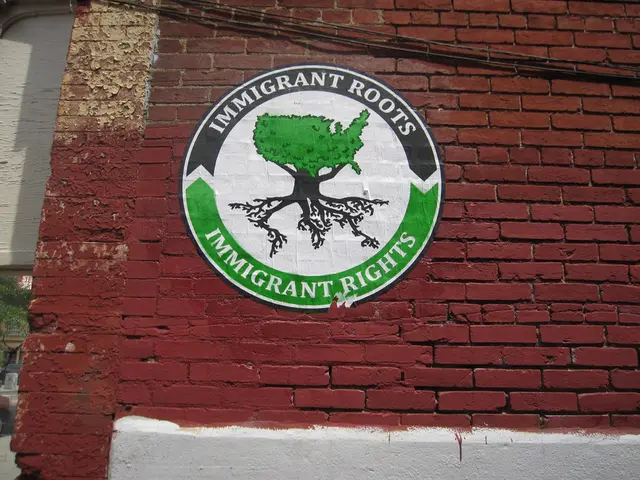Geopolitical Dance Unfolds with Elephant and Dragon Involved
In a world undergoing significant transformation, India finds itself at a crossroads, navigating the complexities of global trade and diplomacy. The United States, under President Donald Trump, has presented a new challenge to the ties built up over the last two decades between India and the US. Trump's tariffs have threatened to bring about a fundamental change, prompting India to seek comfort in unexpected alliances.
One such alliance is with China, the Chinese dragon, as India has danced the tango after casting away some historical distrust on border issues and a growing trade deficit. The meeting in Tianjin between Prime Minister Narendra Modi and Xi Jinping emphasized India and China's belief in a multipolar narrative, positioning themselves as prominent voices of the Global South. Together, they are responsible for diversifying trade and promoting a world less dominated by the US.
However, India has not entirely abandoned its ties with the West. A bilateral meeting between Prime Minister Modi and Japanese Prime Minister Shigeru Ishiba in Japan primarily discussed economic security in sectors like semiconductors, rare earth minerals, pharmaceuticals, and information and communication technologies. Japan has pledged to bring $68 billion of private investment into India over 10 years, a move that could boost growth and bring cheer.
Xi Jinping describes the world as going through a transformation, a sentiment echoed by Prime Minister Modi. In response, India has agreed to look at its relationship with China from a strategic and long-term perspective. A 10-year roadmap prioritizing cooperation in eight areas was shared, symbolizing great success in India's early steps to ease pressure from a potential rupture in ties with the United States.
India's newfound diplomatic dance has not been without its challenges. The United States, under President Trump, has pushed India into "derisking" from the US due to irritating and impossible demands. Additionally, India may have been stung by the slanderous arrogance of Trump's close loyalists, who dubbed India as Russia's "laundromat" for sustaining the war on Ukraine.
Despite these challenges, India remains optimistic about its future. PM Modi's observation on the potential of a melding of Japanese technology and Indian IT talent was particularly optimistic. Furthermore, India and China, two of the most populous nations, might trade more to meet the needs of their combined 2.8 billion people.
A ride in a "Shinkansen" in Japan suggests Indians might soon enjoy high-speed rail connectivity, another step towards a brighter future. As India continues to dance the global diplomatic tango, it remains to be seen how these new alliances will shape its future and the world order.
Read also:
- Tobacco industry's suggested changes on a legislative modification are disregarded by health journalists
- Uncovering Political Ad Transparency: A Guide to Investigating opponent's Political Advertisements in the Digital Realm
- Elon Musk praises JD Vance's debate performance against Tim Walz
- Right-wing Israeli minister supports controversial plan for West Bank settlement expansion








